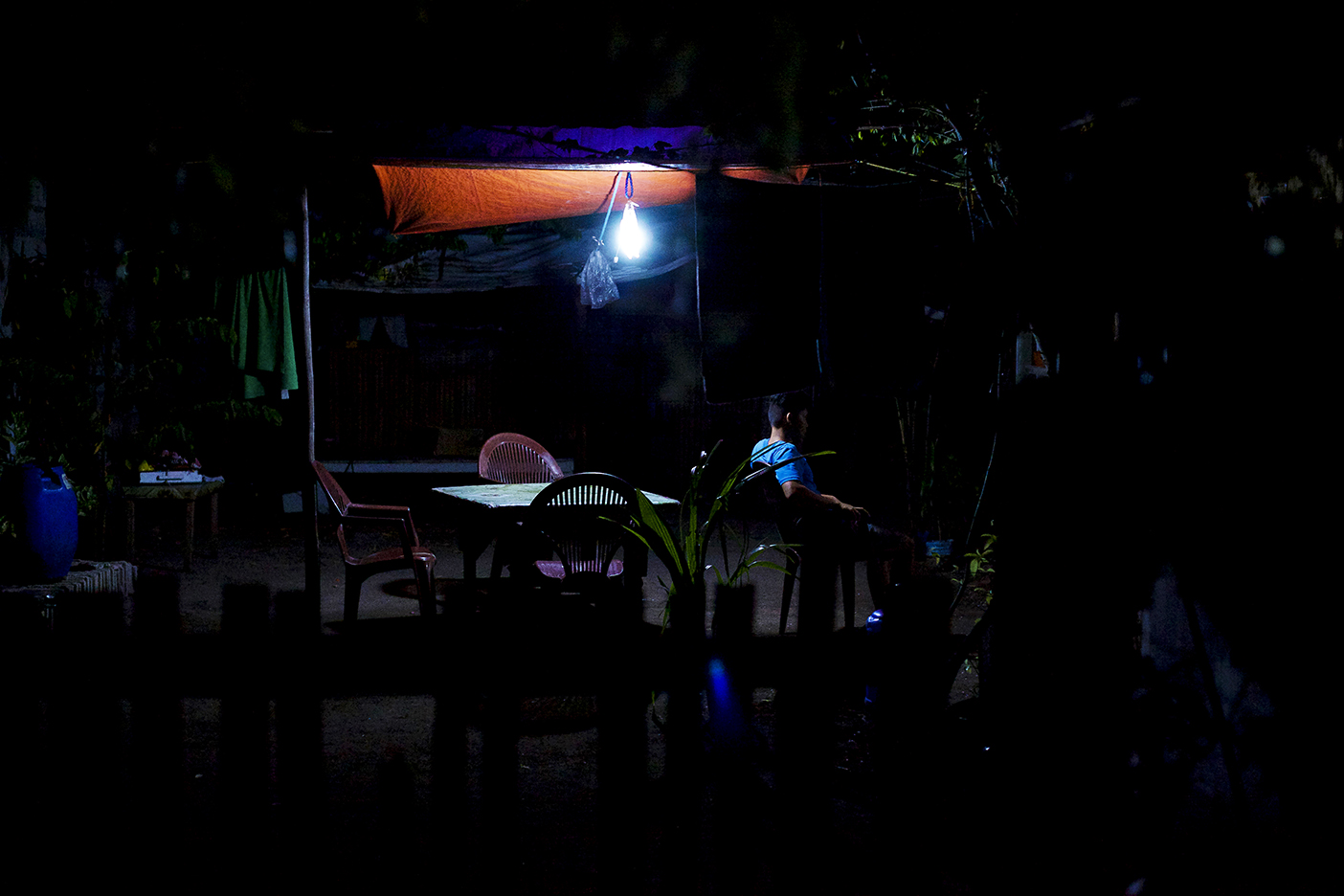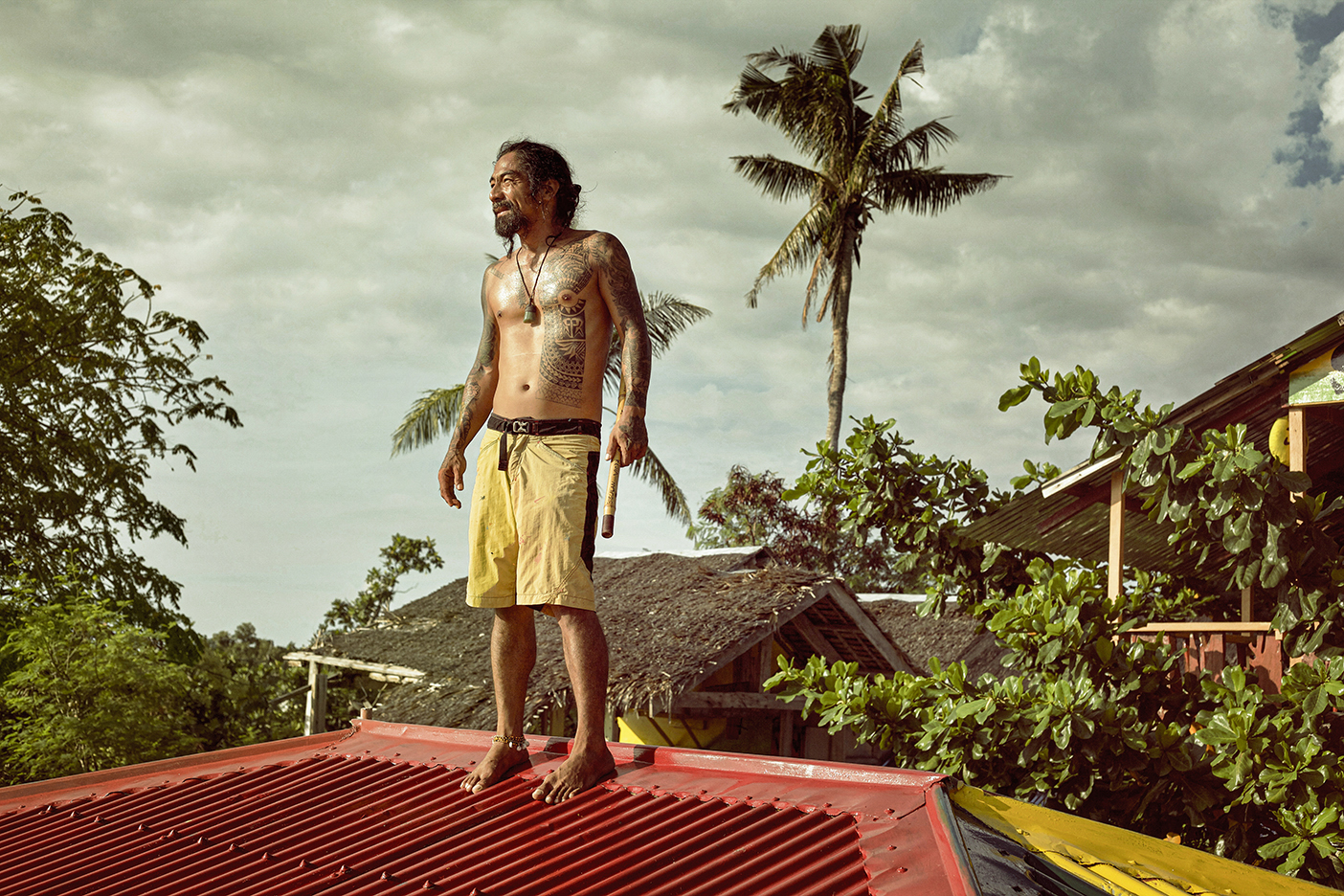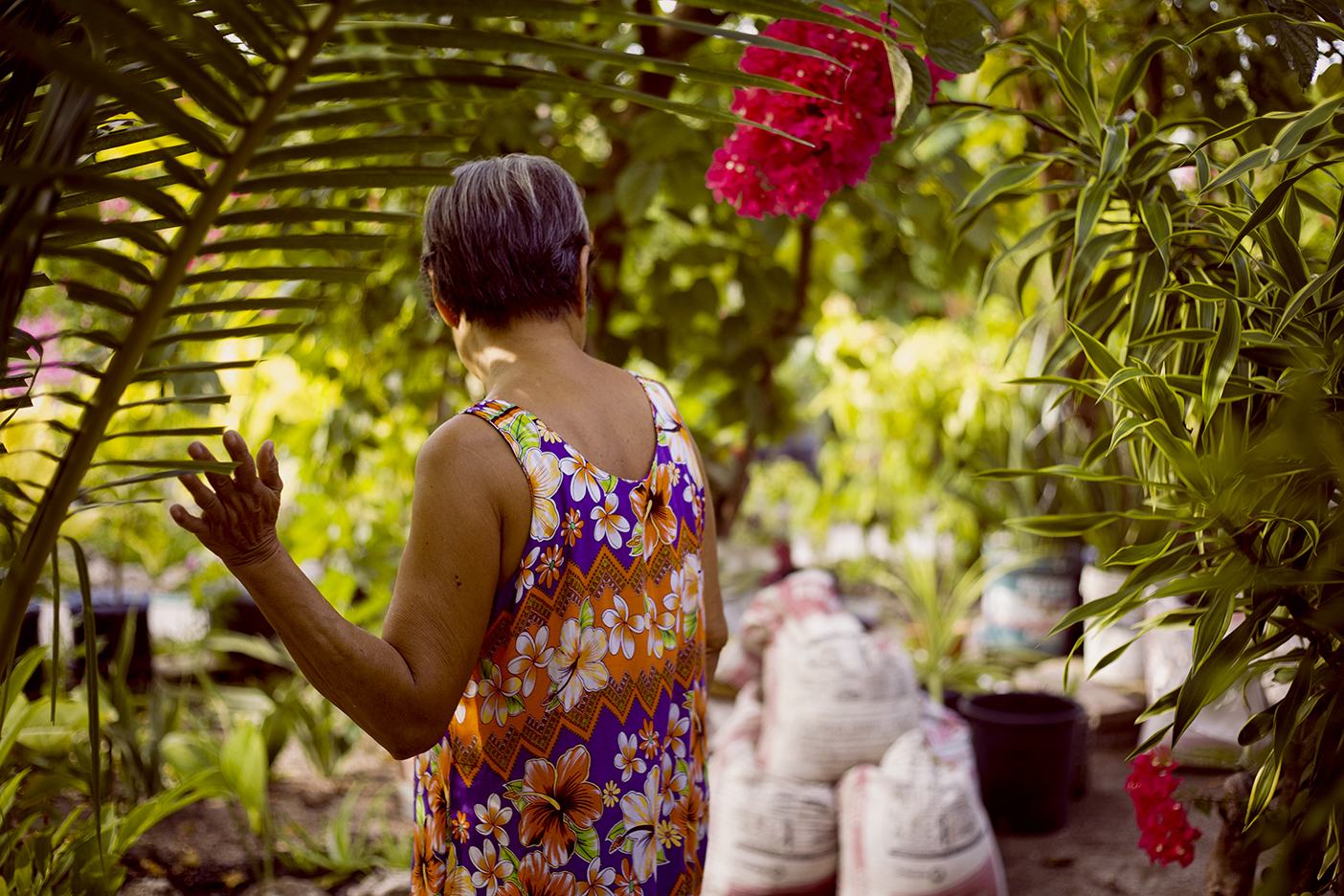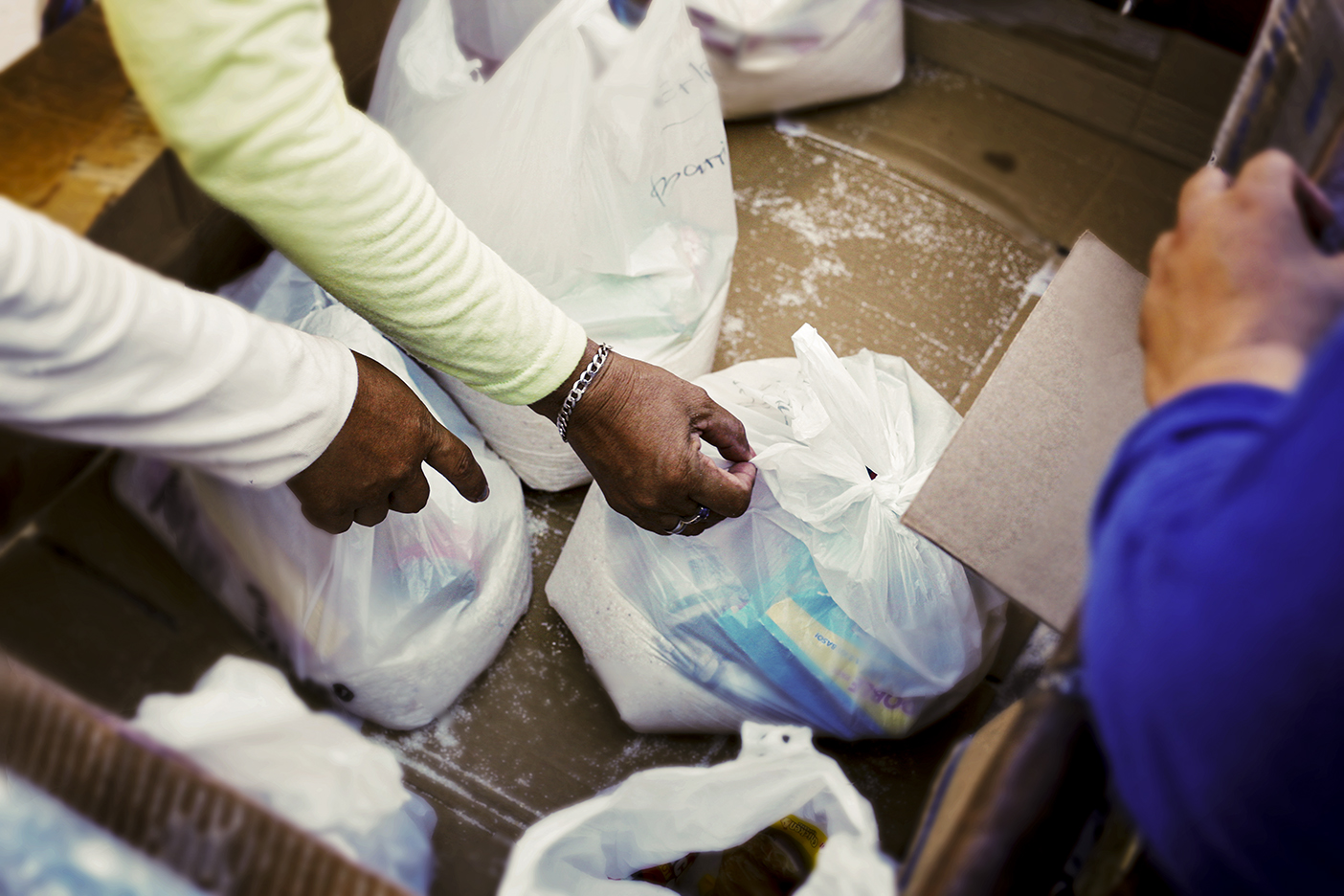Barbara Nino Carreras/photography
Visual Ethnography: While we wait for time to pass (2020)

Image description: A nighttime photograph captures a man sitting alone in silence on the terrace of what appears to be a closed restaurant. A single light bulb hangs from the fabric-covered roof, casting a soft glow over the outdoor plants and a few empty plastic chairs scattered around the terrace.
During the first months of the Covid-19 pandemic, I conducted fieldwork on Malapascua, a small island in the Philippines known for its diving sites where it is possible to swim alongside thresher sharks. The lockdown was sudden, and the islanders' livelihoods were compromised as tourists took emergency flights back home. As a part of the project Hverdagens Digitalisering I spent three months documenting the everyday lives of islanders and tourists who decided to stay. A series of photographs helped us tell stories about the island and its residents during this crisis.

Image description: Jon Jon, a young Filipino man with long hair, stands on the roof of his house, holding his flute aloft under the strong sun. He wears only swim trunks, revealing his bare chest and arms adorned with tribal tattoos. Behind him, palm trees sway gently, and dark clouds gather on the horizon, signaling the impending arrival of a storm.
Lockdowns and quarantine measures across the Philippines forced residents of Malapascua to remain on the island, restricting their ability to move freely across the country. Jon Jon, a resident of Malapascua, organized food deliveries to vulnerable populations in the area. He also coordinated creative activities, such as music workshops and arts and crafts, to support families and children on the island. Most mutual aid responses were organized through Facebook and WhatsApp.

Image description: Josephine, an 80-year-old resident of Malapascua, proudly shows me her vibrant and lush garden. She has been in isolation for over a month, unable to leave her home due to fears of contracting COVID-19.
Residents of Malapascua who owned concrete homes on the island could safely practice social distancing and receive help from family members to access food and drinking water. This was not the case for people living in underserved areas with no basic infrastructure, whose homes were made of unstable materials such as bricks, wood, plastic, and metal. Residents in low-income areas had to travel across the island to find aid, water and fish, often joining crowds.

Image description: The hands of three Filipino women reach out to grab plastic bags containing rice and baby formula, intended for delivery to families in need.
Each week, wealthy residents took walks around the community to deliver rice, canned goods, and baby formula to families in need. Each bag was labeled with the recipient family's name, and the aid distribution was coordinated through Facebook and WhatsApp. Families without internet access received help from neighbors to request specific medicines or supplies based on their needs.
Visual Ethnography: Bullfighting Culture in Jerez de la Frontera (2016)
 Carreras.jpg)
Image description: The photograph captures the back of a bullfighter in a moment of prayer, showcasing the intricate details of his vibrant green suit. This traditional attire is adorned with delicate floral embroidery in gold and white, creating a stunning contrast against the rich fabric. The warm sunlight bathes the suit, illuminating the intricate textures and highlights, accentuating the craftsmanship and elegance of the “suit of lights."
In 2016, I traveled to Jerez de la Frontera in Cádiz to study the horse fair. This personal project explores the contrasting themes of precarity and abundance that characterize bullfighting culture in Spain. While well-known bullfighters enjoy fame and prestige, lesser-known bullfighters often face precarious and life-threatening working conditions, navigating a community that is sharply divided in its support for or opposition to bullfighting. The horse fair, while celebrating local traditions, also highlights patriarchal and classist norms that perpetuate social inequalities and raise significant concerns about animal welfare.
 Carreras.jpg)
Image description: A portrait of a toddler confidently holding the reins of a brown Andalusian horse, her upper body cropped out of the frame, which adds an element of anonymity. She is dressed in a vibrant pink flamenco dress adorned with ruffles and flares that cascade elegantly around her. The dress is complemented by traditional flamenco high heels and embroided white socks, which add to her spirited pose.
 white horse.jpg)
Image description: A white Andalusian horse adorned with natural black freckles and markings on his legs. Tied to a yellow wall under the harsh sun, he is unable to find relief in the shade. The composition and his position evoke a sense of sadness and discomfort.